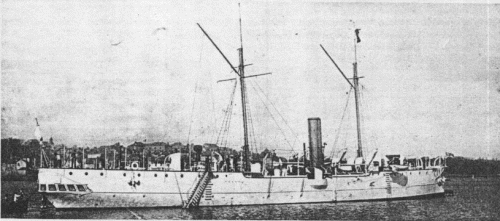
NAVYPEDIA
 Support the project with paypal
Support the project with paypal
Photo

Landrail
Ships
Name |
No |
Yard No | Builder |
Laid down |
Launched |
Comp |
Fate |
|---|---|---|---|---|---|---|---|
| Curlew | Devonport DYd | 5.1.1885 | 23.10.1885 | 22.6.1886 | sold to BU 7.1906 | ||
| Landrail | Devonport DYd | 5.1.1885 | 19.1.1886 | 10.3.1887 | sunk as target 4.10.1906 |
Technical data
| Displacement normal, t | 950 |
|---|---|
| Displacement full, t | |
| Length, m | 59.4 pp |
| Breadth, m | 8.53 |
| Draught, m | 3.20 |
| No of shafts | 2 |
| Machinery | sails + 2 HC direct action, 4 cylindrical boilers |
| Power, h. p. | 1500 |
| Max speed, kts | 14.5 |
| Fuel, t | coal 250 |
| Endurance, nm(kts) | 10000(10) |
| Armament | 1 x 1 - 152/26 BL Mk IV/VI, 3 x 1 - 127/25 BL Mk I/II/III/IV/V, 7 x 1 - 11.4/94, 1 - 356 TT (bow, aw), 2 - 356 TC (through 4 ports) |
| Complement | 46 |
Graphics
Project history The Curlew class were what might be described as an attempt to modernise the gunvessel but as the resultant type fulfilled no real need they were not repeated and soon
The Curlew class were what might be described as an attempt to modernise the gunvessel but as the resultant type fulfilled no real need they were not repeated and soon became obsolete. They were of similar size and general arrangement to a standard composite gunvessel but were constructed of steel with a finer, shallower hull and more powerful, forced draught machinery to provide a higher speed, had no sailing rig and were given a torpedo as well as a gun armament. Unfortunately they were too slow and too small to operate effectively with the fleet and were too sophisticated to take up the duties of their 'old-fashioned' predecessors. They cost about 25% more to construct than a standard gun vessel and the very fact that they had no sails and an unsheathed steel hull made them an uneconomic proposition on distant stations. They carried a single 152mm BLR, on the forecastle, and three 127mm BLR, one on the poop and two in the waist on the upper deck. A fixed torpedo tube was mounted at the extreme forward end of the upper deck firing through the stem while the two torpedo carriages, one under the forecastle and one under the poop, were provided with alternate discharge ports to port and starboard. Modernizations: 1903, Curlew: mainmast was removed.
Naval service
No significant events.
 HOME
HOME FIGHTING SHIPS OF THE WORLD
FIGHTING SHIPS OF THE WORLD UNITED KINGDOM
UNITED KINGDOM OTHER FIGHTING SHIPS
OTHER FIGHTING SHIPS CURLEW gun and torpedo vessels (2, 1886 - 1887)
CURLEW gun and torpedo vessels (2, 1886 - 1887)
